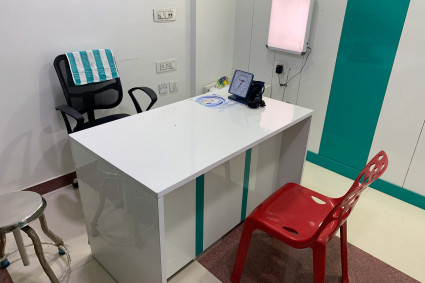
Known as cystectomy, a bladder removal surgery changes the life of the patient post-operation. The way you bathe, urinate, and travel changes completely. Once the bladder is removed, the doctor creates a new path in your body to pass the urine. A bladder cancer specialist in India performs cystectomy for the treatment of recurrent bladder cancer. If no other treatment is working, the doctor’s last resort is bladder removal surgery.
You need the urostomy bag for urination. While it does impact your routine, work, sex, and social life, people can live a healthy life after the bladder removal surgery. You can swim, exercise, work, and perform your routine tasks.
Here’s what your bathroom routine will look like:
● Conduit: The doctor makes a tube using part of your small intestine. This tube is used to pass the urine from the kidneys to outside your body. A small pouch, which collects the urine from the small intestine, is attached to your abdomen. You have to empty the bag multiple times a day.
● Neobladder: if you are not comfortable with the conduit, you can opt for a neobladder - a large piece of your small intestine tube that is used to create a bladder’s substitute. With a neobladder, you can pee like usual, but you will not feel any muscle reflexes. So, people with a neobladder need to wear a pad that can absorb the leaks.
● Reservoir: A reservoir is similar to the conduit, but instead of wearing a pouch outside your body, you use a catheter to collect urine directly from the small intestine. The catheter is inserted into your belly through the stoma (the surgical opening on your stomach) and you have to empty the reservoir a couple of times every day.
Life After Bladder Removal Surgery
Whichever option you pick for urination, chances are you will face difficulties in adjusting to the post-surgery life initially. Chances are people will not even notice that a conduit pouch is attached to your abdomen unless you tell them. As soon as one-third of the pouch is filled, empty it to keep the pouch looking flat. You can use a deodorant to avoid a foul smell. Follow your nurse’s instructions when changing the pouch or attaching a new one.
A stoma is a one-way path, meaning the water will not get inside your stomach if you swim or bathe. So, you can bathe with or without the pouch. For swimming, wear a fresh pouch and cover it with waterproof tape. Make sure you wear a larger bag before going to sleep.
When Should You See a Doctor?
Slight changes in the color of the pee are normal post-surgery. Contact an uro-oncologist in Navi Mumbai, India if you notice the signs of infection. Dark and cloudy urine accompanied by white mucus is the first sign of urinary infection. Abdominal pain, fever, vomiting, nausea, and blood in the urine are a few other complications that might show up after the bladder removal surgery.




